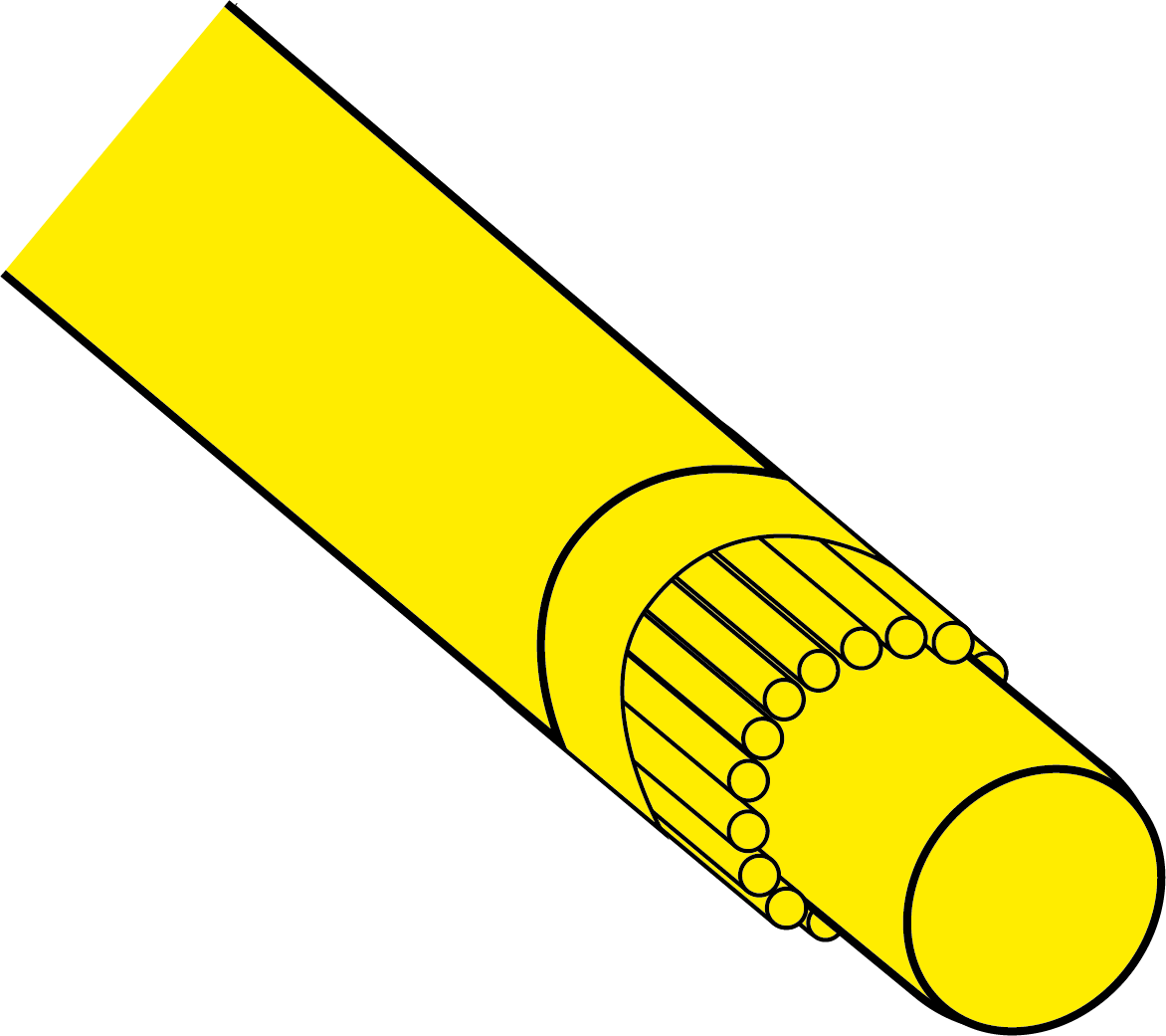Připravte se na sezónu Získejte dodatečnou slevu 10 € s ,,READY10"². Ušetřete nyní.


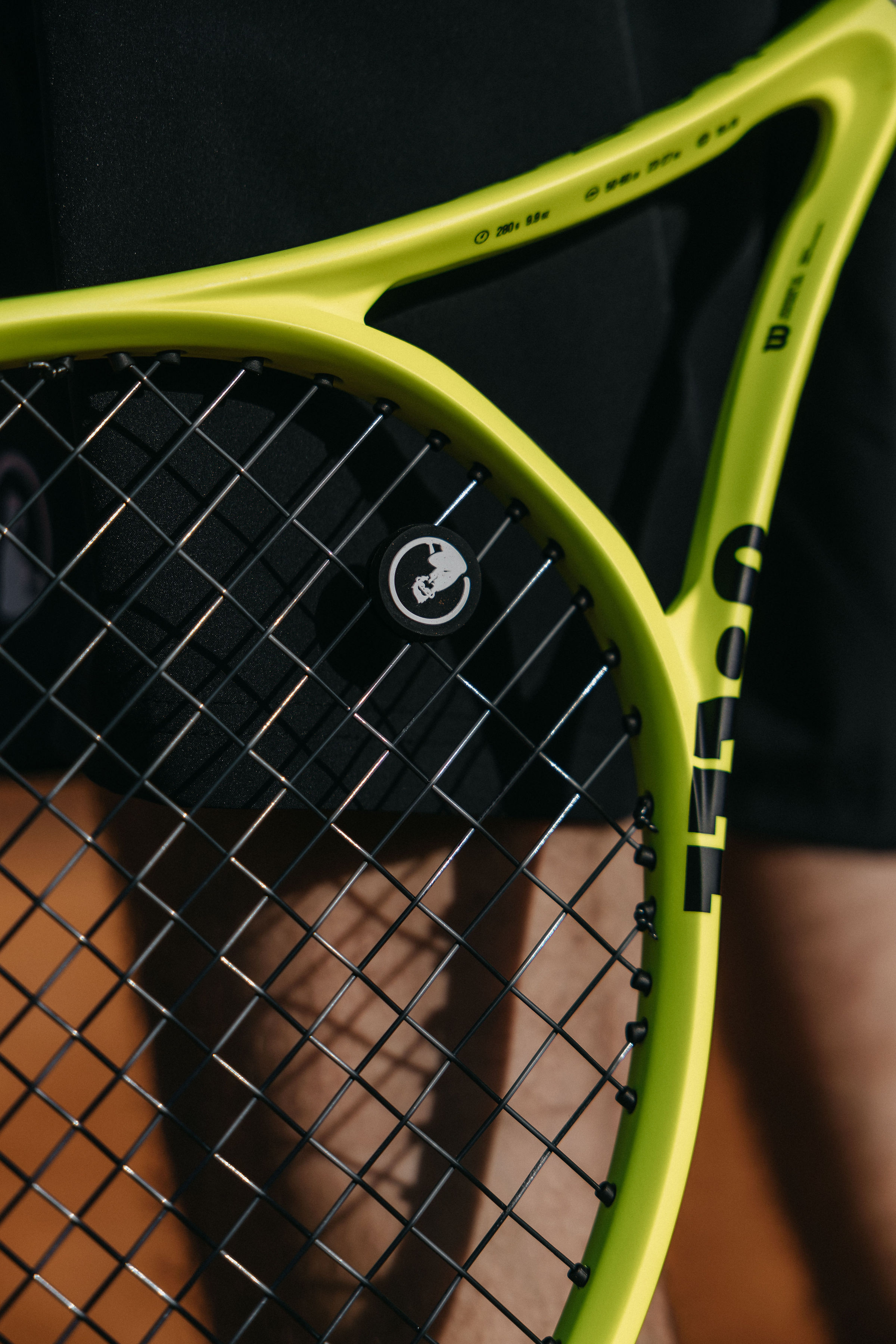
How do you choose the right tennis string?
This is undoubtedly a difficult question. It is not for nothing that they say "the string is the motor of the racket"!
Discover our tennis strings
TO THE STRING ADVISOR
The optimum performance of the selected racket model can only be achieved with a setup of racket, correct tennis string and individual string hardness that is tailored to the individual game.
Some tennis rackets are already strung at the factory. This is usually sufficient to test the racket. For long-term play, however, the racket should be restrung, as the factory string may have been on the racket for several months and has had to withstand different storage conditions.
We have compiled the most important information on the different types of strings for you below. This way, you can become a string expert in just a few steps and find the setup that is optimized for your playing.
Advantage You!
Some tennis rackets are already strung at the factory. This is usually sufficient to test the racket. For long-term play, however, the racket should be restrung, as the factory string may have been on the racket for several months and has had to withstand different storage conditions.
We have compiled the most important information on the different types of strings for you below. This way, you can become a string expert in just a few steps and find the setup that is optimized for your playing.
Advantage You!
The different types of strings
Multifilament strings
Nylon strings
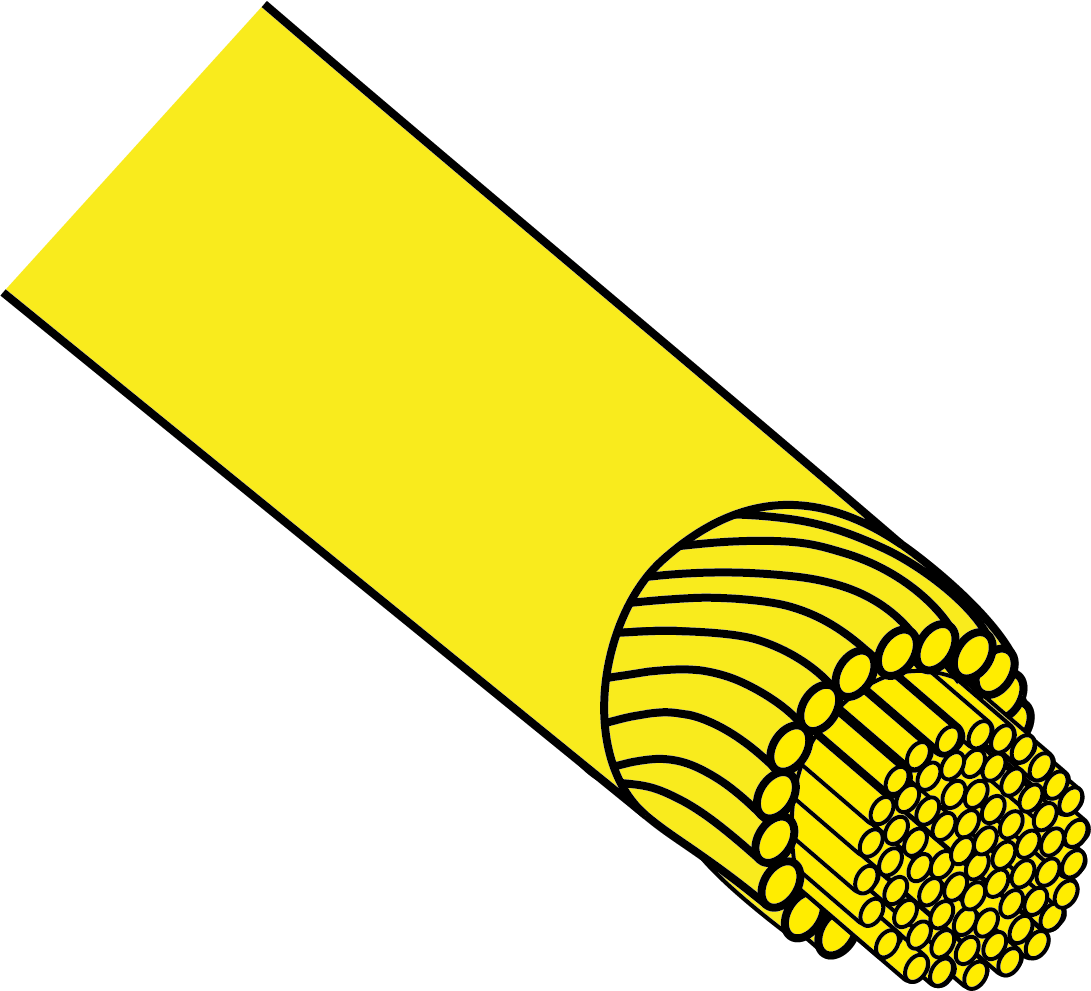
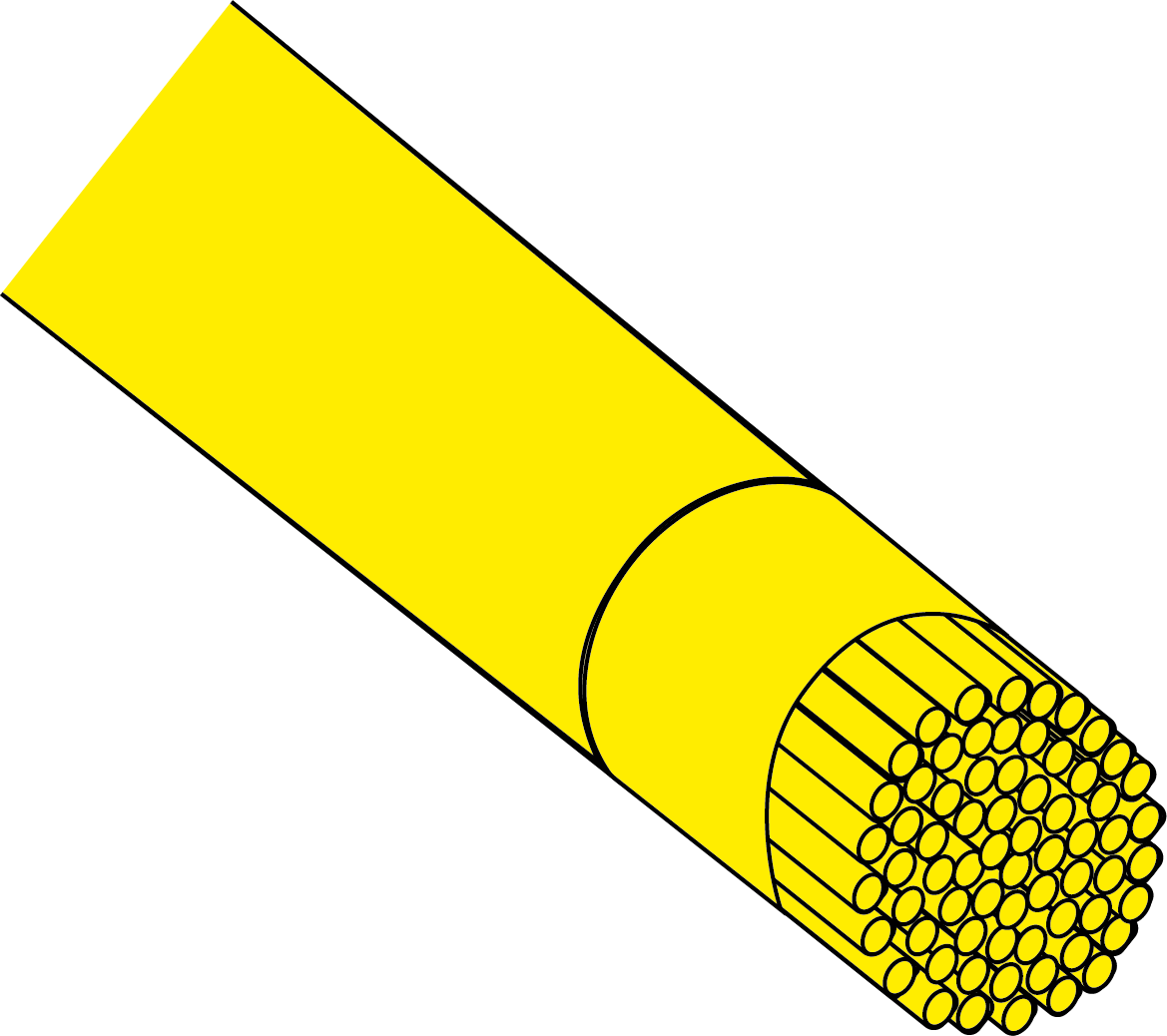
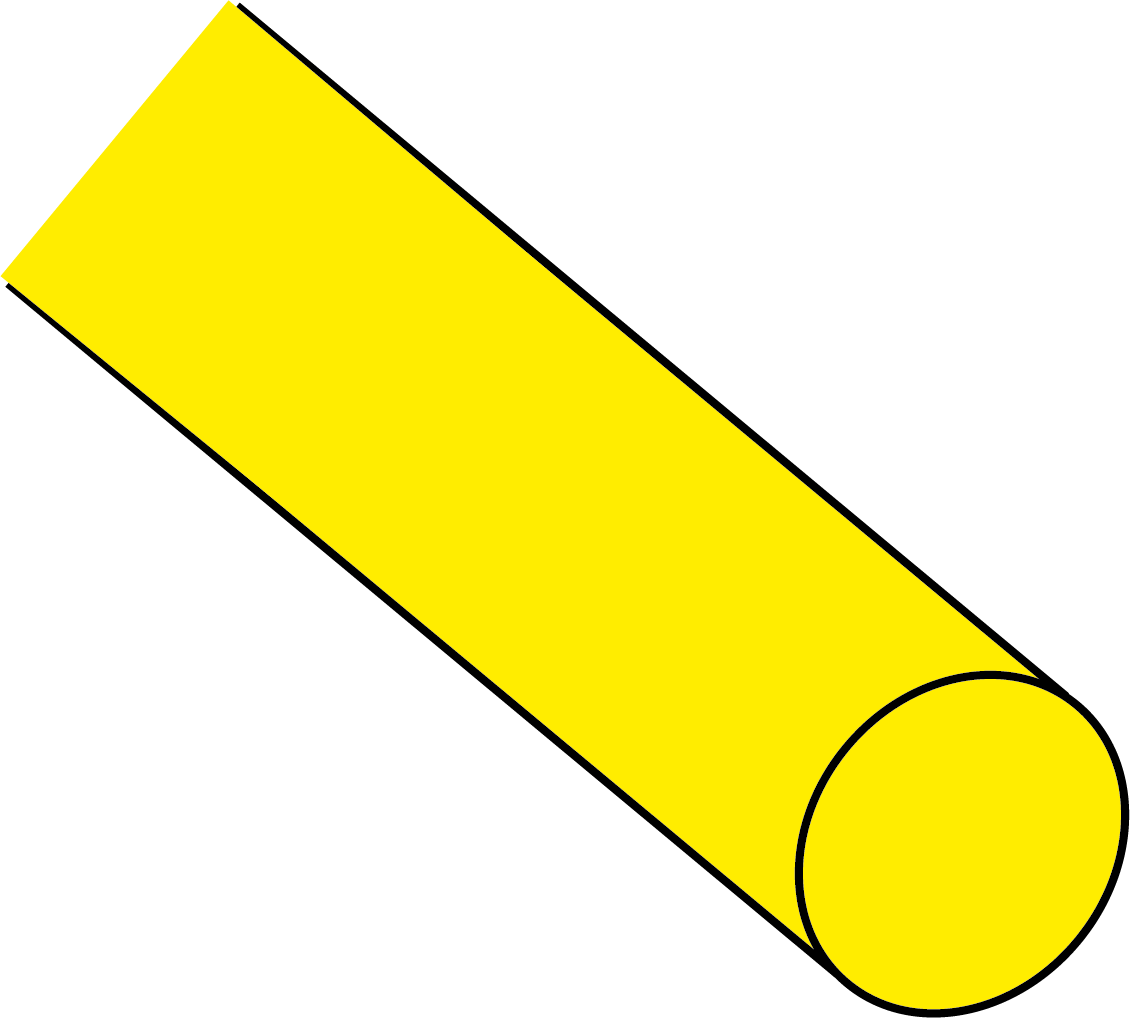
monofilament / polyester strings
Hybrid strings
Natural gut strings
Natural gut strings, also known as natural gut strings, are made from the intestines of cows. They are still unsurpassed in terms of elasticity, ball feel, tension consistency and arm protection, which is why natural gut strings are still the preferred choice of professionals today. Due to their inherent elasticity, they are able to optimally absorb the impact shock that occurs when the ball hits the string bed, which results in many arm problems in tennis! This makes gut strings the ultimate in playing comfort and arm protection!
In order to come as close as possible to natural gut strings, multifilament strings are made from many individual fibers (microfilaments), which can be made from a wide variety of materials, twisted together and coated with a resistant material. They are very elastic, offer a lot of ball feel and a good combination of power and control. These strings are also very easy on the arm and tension-stable. Due to their insensitivity to weather conditions and the generally lower price, multifilament strings are a good alternative for comfort-oriented tennis players compared to natural gut strings.
Nylon strings consist of a monofilament single core made of nylon, which has very good dynamic properties. The core is wrapped with different types of coverings. Depending on the manufacturer and model, the playing characteristics and tension stability of the string depend on the material and the type of winding.nylon strings are the classic all-round string and therefore the most commonly used type of string. Due to its good tension stability and attractive price-performance ratio, it is the ideal string for club and all-round players.
Polyester strings consist of a single polyester strand (monofilament). Compared to multifilament and nylon strings, they are significantly more durable. As polyester has a high stiffness, these strings have a very low inherent elasticity and therefore convey a very "crisp, controlled" playing feel.What you should bear in mind when choosing polyester strings is that this type of string loses its dynamic tension very quickly due to its low inherent elasticity. Depending on the string model, the maximum playability is 5-6 hours, and manufacturers are making increasing efforts to develop monofilament strings with improved properties to eliminate the lack of elasticity and tension stability. These co-polyester strings, which practically every manufacturer now offers, are mixed with various additives such as PEEK, carbon fibers and metals in order to modify the playing properties. The low dynamic surface tension of the string bed absorbs very little of the impact shock that occurs when the ball hits the string bed and therefore requires a very fast striking motion, good technique and well-trained muscles. For this reason, polyester strings are not recommended for children and teenagers!
Hybrid strings are a combination of different strings, one for the main strings and the other for the cross strings. The possible combinations are almost unlimited and depend on the individual preferences of the tennis player. Ideally, the different strings should complement each other in such a way that their best characteristics come to the fore. A popular variant, for example, is the combination of a durable string and one that allows a lot of feel. As the longitudinal string usually breaks with uniform stringing because it moves more than the cross string and virtually rubs against it, a more durable string is often used as the longitudinal string for hybrid strings. An elastic multifilament string or a natural gut string is often used for the cross string in order to create a lot of ball feel.
